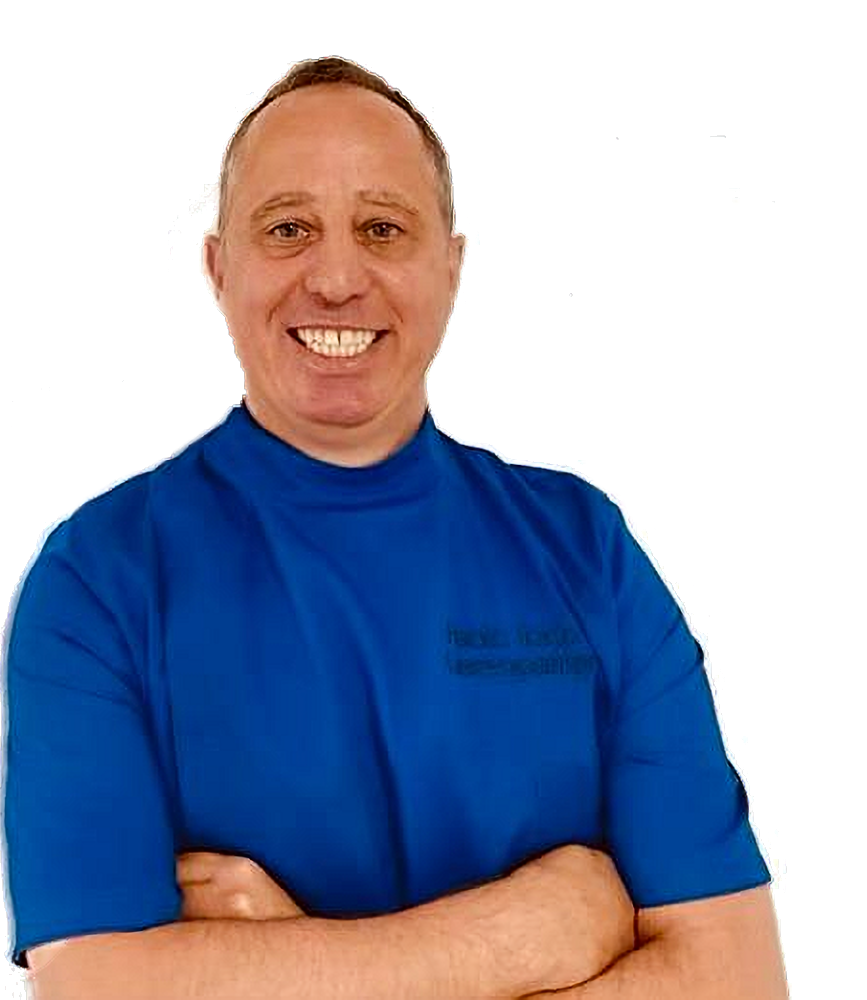

BASED IN SWADLINCOTE OFFERING PROFESSIONAL OSTEOPATHIC HEALTHCARE ACROSS DERBYSHIRE, LEICESTERSHIRE AND STAFFORDSHIRE.
Osteopathy is a well established and recognised profession, focused on treating and preventing a wide variety of conditions. Treating each person as an individual, Osteopaths detect and treat damaged parts of the body, including muscle, ligaments, nerves and joints and aim to relieve musculo-skeletal pain and dysfunction.
Offering a professional approach to Osteopathy, call to arrange an initial consultation 01283 224766 or 07968765063
ABOUT ME
Paolo Iorio B.Sc. (Hons) Osteopathy
I am originally from Naples in Italy but have lived in the UK since 1999, and for the last 7 years have been living in South Derbyshire with my wife and two, young daughters. My interest in Osteopathy first began when I developed an injury to my lower back in my early twenties and it was during that time that I gained my first insights into Osteopathy and began to understand and appreciate the personal benefits of using palpation and manual techniques as opposed to medication or surgery.
I graduated with a Bachelor of Science with Honours in Osteopathy from College of Osteopaths, Keele University. In my osteopathic treatments I use a variety of techniques including massage, tissue stretching and joint mobilisation and my range of techniques allows me to treat a variety of conditions on patients of all ages – from babies through to the more elderly. In my spare time, I enjoy spending time with my family and friends, cooking, football and I also passionate about rowing which stems back to my days in Italy where I competed at national and international level as a coxswain.
 |
|

© 2012-2024 Paolo Iorio Osteopathy
|



